The majestic Himalayas have been revered by mystics, yogis, sages, and spiritual seekers for ages. But why? What divine energies and blessings do the snow-capped mountains of the Himalayas hold? Let’s explore the spiritual significance of the Himalayas.
Himalaya: The Abode of Snow
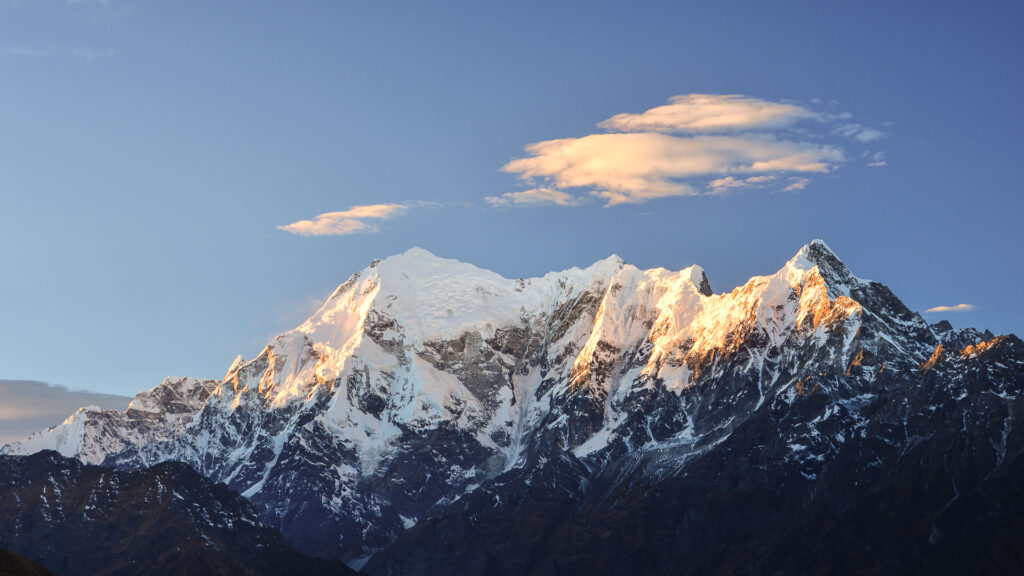
Derived from the Sanskrit terms “hima” (snow) and “alaya” (abode), the Himalayan range stretches across India, Nepal, Bhutan, Tibet, China, Afghanistan and Pakistan. The grand Himalayan mountain ranges include several mountain peaks that are covered with snow all around the year.
Apart from Mount Everest (8,849 m), the highest mountain peak in the world, the Himalayas is also the home of Mount K2 (8,611 m), the 2nd highest peak in the world, along with Mount Makalu (8,481 m) and the Mahabharat Range (2700 m).
Stretching over an area of 2,400 km, the Himalayas are home to a wide range of flora and fauna, including the endangered greater one-horned rhino, Bengal tiger, snow leopard, Himalayan black bear, red panda, Himalayan tahr, Himalayan blue sheep and many other native species.
Related: 10 Most Spiritual Places On Earth With The Strongest Energy Field
It is often referred to as the world’s “Third Pole” as the Himalayas contain the largest reserve of glacial ice outside the polar regions. No wonder, it is a source of 10 important freshwater river systems which offer water, power & irrigation to more than 1.9 billion Asians. It also helps to manage the climate of our planet to a great extent.
But why are so many people interested in spirituality drawn toward these majestic mountains? What is the spiritual significance of the Himalayas?
Read along to find out the spiritual importance of the Himalayas.
Himalaya: The Abode of Gods
The Himalayas have been a place of self-discovery, spiritual awakening, and enlightenment for ages. Individuals belonging to different religions have thronged these snow-clad monumental mountains and the surrounding hills to renounce the material world, meditate, seek inner peace, and connect with the divine.
Hinduism (81%) & Buddhism (9%) are the primary religions followed in the Himalayan region. No wonder, most spiritual seekers are curious about the spiritual significance of the Himalayas.
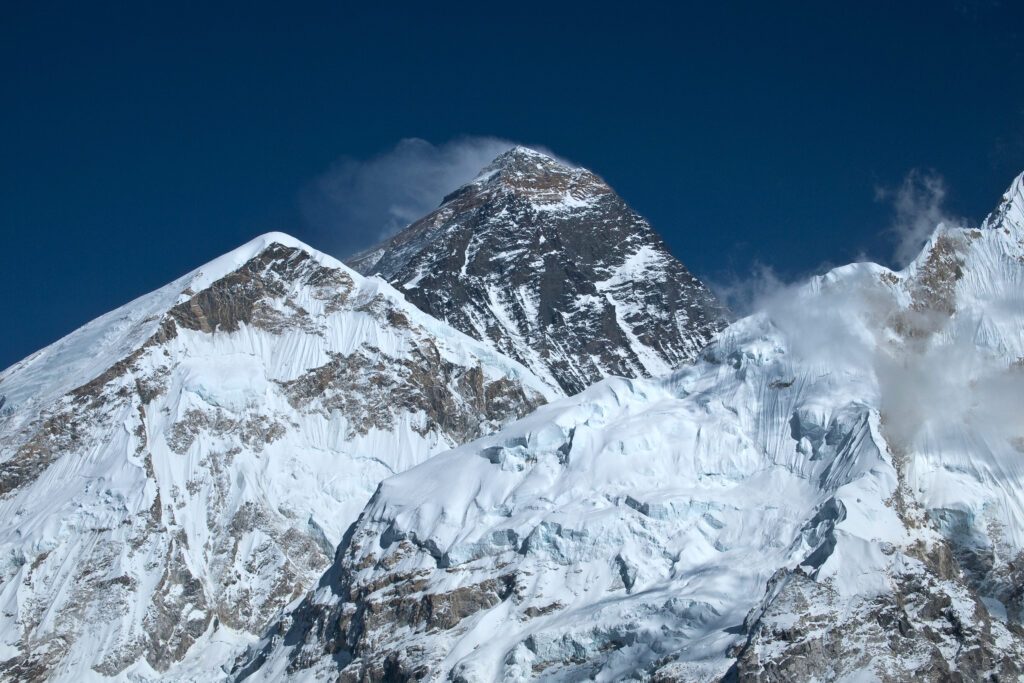
The birthplace of Gautama Buddha, the Himalayan range is spiritually significant not just for practitioners of Buddhism, but also for Hinduism and many other religions like Jainism, Yungdrung Bon, Sikhism, and Sufism.
For ages, Buddhist and Hindu sages and monks have meditated and taken shelter in the Himalayas to seek spiritual enlightenment. Spiritual seekers often experience an unexplainable emotion in the mountains of the Himalayas, regardless of their religious beliefs.
Related: How To Find Inner Peace: 8 Strategies You Can Start Right Now
Spiritual Significance of the Himalayas in Hinduism
Spirituality and the Himalayas are closely connected in Hinduism. In Hinduism, the Himalayan mountain range is considered a sacred place for spiritual enlightenment and self-realization. Hindu saints, monks, and yogis have wandered these mountains in search of serenity and solitude since ancient times.
They found a spiritual connection and divine protection in the peaks, caves, hills, and rocks of the Himalayas as they performed yogic practices like Tapasya or Tapas (asceticism), Abhyasa (regular spiritual practices), Dhyana (meditation) and Vairagya (detachment) to find enlightenment.
Various Hindu religious texts and scriptures mention that the mighty mountains of the Himalayas are a highly spiritual location that can help us find our inner selves and wash away all our mortal sins. There is no doubt that the great Himalayan mountains possess unique sublime and magnetic energy that can help anyone detach from the material world and unite with the Supreme Being.
Let us look at some legends and myths associated with the spiritual significance of the Himalayas according to Hinduism –
a. Lord Himavat
According to various Hindu religious scriptures and Vedic texts such as the Vishnu Purana, Kena Upanishad, Brahmanda Purana, and the Ramayana, Himavat is the personification of the Himalayas. The God of the Himalaya mountains, he is the father of Parvati (the consort of Lord Shiva) and the river goddess (Ganga).
According to Hindu mythology, Lord Krishna performed Tapasya with devotion on Himalayan peaks to please Lord Himavat and soon Krishna was blessed with a son Pradyumna.
Related: 40+ Interesting Hinduism Facts That Will Blow Your Mind
b. Lord Shiva

According to the Shiva Purana, Lord Shiva is closely associated with the Himalayas. Shiva is considered the Supreme Being in Shaivism and is considered “The Destroyer” in the Hindu trinity (Trimurti).
Hindu mythology states that Lord Shiva resides on Mount Kailash, located in southwest Tibet in the Himalayan Mountains, along with his wife Parvati (daughter of Himalayas) and his children Lord Ganesha & Kartikeya.
Being the supreme ascetic yogi, Shiva chose the Himalayas to meditate and perform tapasya (penance) as he wished to perform spiritual practices without being interrupted or distracted by social or mortal issues. Shiva believed that the Himalayas could help him detach from everything and focus on higher spiritual goals through a deep state of meditation.
The Himalayas are seen as the heavenly abode of Lord Shiva by all Hindus and it is believed that the Supreme Yogi can still be found at Mount Kailash.
Related: 7 Laws Of Shiva Karma That’ll Help You Attain The Highest Form Of Existence
c. Lord Vishnu
According to Hindu mythology, Goddess Earth once asked Lord Vishnu, the god of preservation and one of the principal deities in the Hindu trinity (Trimurti), why he appears in the form of mountains instead of his actual form. Vishnu replied “The pleasure in existing as mountains is far nobler and greater than that of animate beings, for they feel no heat, nor cold, nor pain, nor anger, nor fear, nor pleasure. We three gods, therefore, will reside as mountains in the earth for the benefit of humanity.”
In the Bhagavad Gita, one of the most revered Hindu scriptures and a part of the Hindu epic Mahabharata, Lord Krishna, the eighth avatar of Vishnu, explains how he can manifest as anything on earth and states “among things unmovable, I am the Himalaya.”
d. A Paradise for Hindu Pilgrims
The spiritual significance of the Himalayas is widely known by Hindus who visit the holy mountains to worship the gods and find inner peace and moksha or liberation from the cycle of death and rebirth.
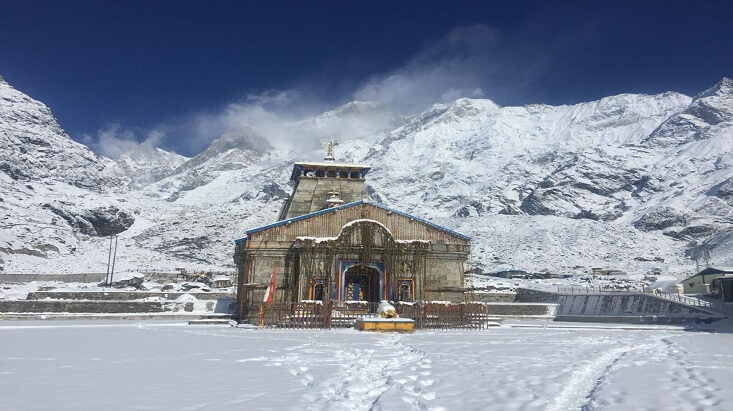
The connection of the divine with the Himalayas is one of the primary themes of Hinduism. This is why the Himalayas are seen as a sacred site by the Hindus. Several Hindu temples and pilgrimage sites are located across the Himalayas and some of the most prominent ones include –
- Kailash Mansarovar
- Kedarnath Temple
- Amarnath Temple
- Rudranath Temple
- Tungnath Temple (the highest Shiva temple in the world)
- Madhmaheshwar Temple
- Kalpeshwar Temple
- Yamunotri Temple
- Neelkanth Mahadev Temple
- Madhmaheshwar Temple
- Hemkund Sahib
- Kartik Swami Temple
The Himalayas are a land of spiritual practices for Hindu sages, gurus, monks, and seekers of enlightenment. The mightiness of the Himalayan mountain range is a reminder of the vastness of the human spirit and the soul. Hindus believe that it is a sacred land brimming with the divine energy that elevates human consciousness.
Related: Samsara, Karma, And Moksha: 8 Divine Hindu Teachings About Life
Spiritual Significance of the Himalayas in Buddhism
The snow-covered peaks are home to the 14th Dalai Lama, the highest spiritual leader in Buddhism, and numerous prominent Buddhist monasteries. The spiritual significance of the Himalayas was known by Tibetans even before Buddhism was adopted by the people of the region as they worshiped the pre-Buddhist Bon gods and deities.
a. The Land of The Buddha
The land where Lord Buddha was born, the Himalayas is considered the center of spirituality for Buddhists. Researchers have found that it is likely Buddhism was spread across the Himalayan range, specifically Nepal Valley, during the Buddha’s lifetime, either by the Buddha himself or by his disciples after his enlightenment.
Although there is no epigraphical or archaeological evidence to support this claim, researchers believe that the Buddhist ancient text Divyāvadāna refers to the Buddha’s visit to the mountains of the Himalayas (Manasarovar/Anataptadaha) where he delivered some of his discourses.
b. Tiger’s Nest monastery
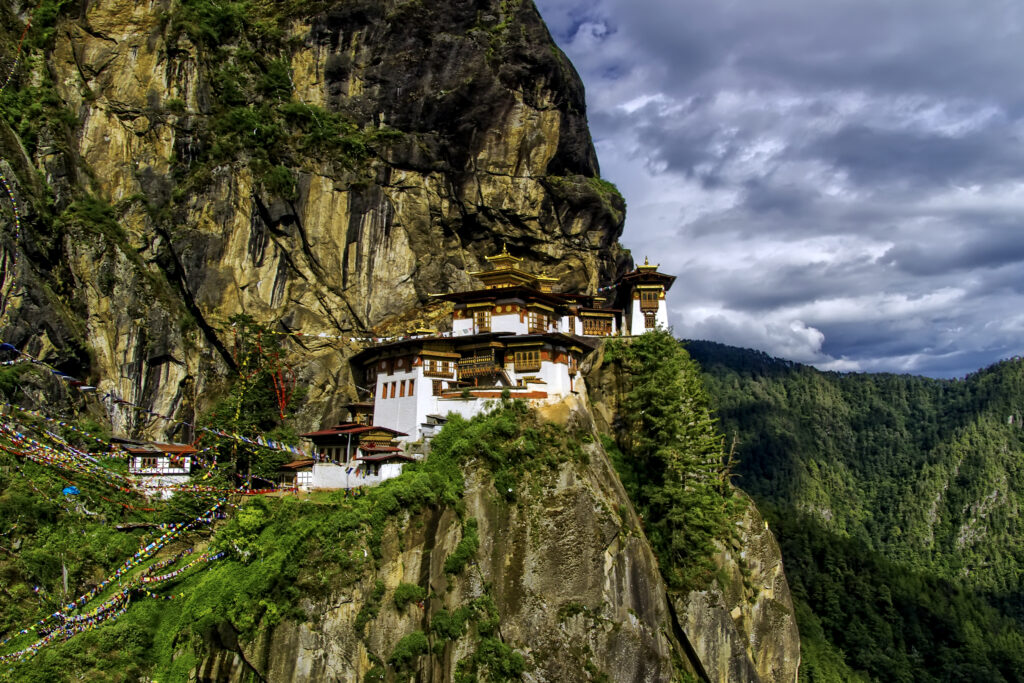
Paro Taktsang, also known as the Tiger’s Nest monastery, is a holy Vajrayana Himalayan Buddhist site in Paro valley, Bhutan. It is believed that Guru Padmasambhava, a tantric Buddhist Vajra master, meditated in this sacred site and established the practice of Buddhism in Bhutan.
c. Muktinath temple
The Muktinath temple in Nepal is also a sacred place in the Himalayas for both Buddhists and Hindus. Called Chumig Gyatsa by Tibetan Buddhists, the temple of the Hindu god Lord Vishnu is also considered one of the main 24 Buddhist Tantric places.
Tibetan Buddhists believe that Muktinath is a deeply spiritual and divine place where gods, goddesses, deities, dakinis (female spirits), and sky dancers appear. The spiritual significance of the Himalayas for Buddhists is truly fascinating and inspiring at the same time.
Related: Arya Satyas: The Four Noble Truths of Dharma
d. Mount Kailash
For Tibetan Buddhists, Mt. Kailash is the abode of Demchog, a tantric meditational deity. Even before Buddhism was adopted in Tibet during the 7th century A.D., Kailash was considered as a holy, sacred, and highly spiritual site by the practitioners of Bon or Yungdrung Bon, the native religion of the region.
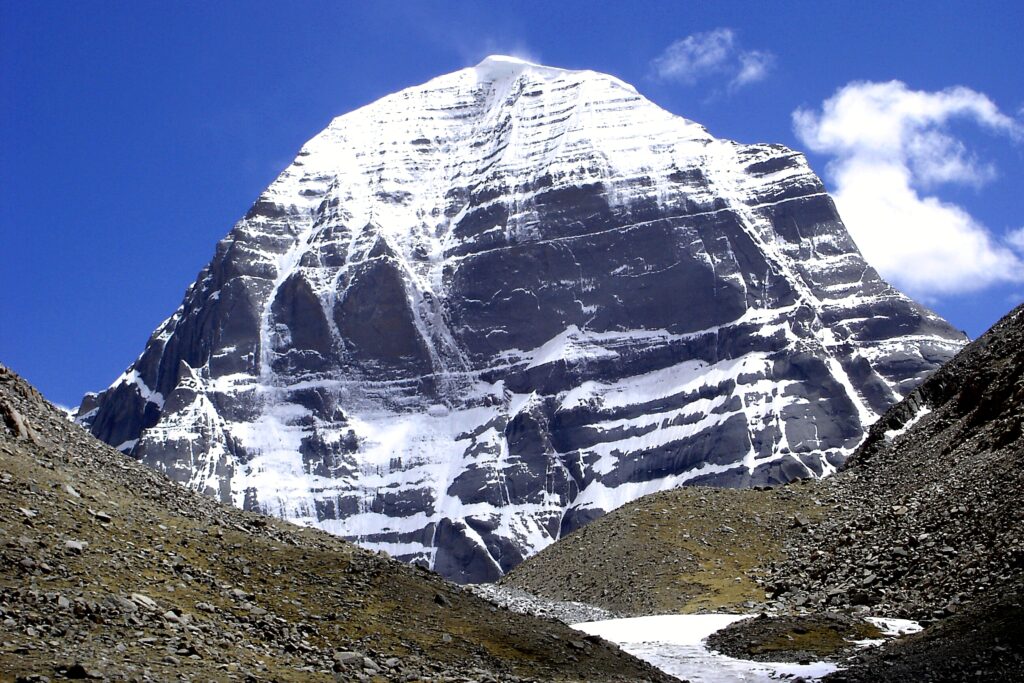
Several important sites of Vajrayana Buddhism are located across the peaks, mountains, and valleys of the Himalayas.
More than 6,000 Buddhist monasteries can be found in Bhutan, Nepal, Tibet, and the Indian territories of Darjeeling, Sikkim, Arunachal Pradesh, Spiti, and Ladakh.
Related: 8 Buddhist Beliefs To Heal Your Soul and Find Happiness
The spiritual significance of the Himalayas in Jainism
Like Hinduism and Buddhism, the spiritual significance of the Himalayas in Jainism is also remarkable. According to Jainism or Jain Dharma, which worships Lord Mahavir, Ashtapad near Mount Kailash is a sacred place as their first prophet Jain Tirthankara Rishabhdeva found enlightenment or moksha there.
Later his son Emperor Bharata Chakravartin established 3 stupas (religious monuments) and 24 shrines after the 24 Jain spiritual teachers or Tirthankaras. These shrines, named Sinhnishdha, included idols of the prophets and precious stones.
Practitioners of Jainism believe that Vardhamana Mahavira, the last Tirthankara, was taken to Mount Kailash’s summit immediately after his birth by Indra as his mother was put in a deep state of sleep. During his time in Kailash, Vardhamana Mahavira became spiritually awakened and gifted.
The Himalayas: Trek into Divinity
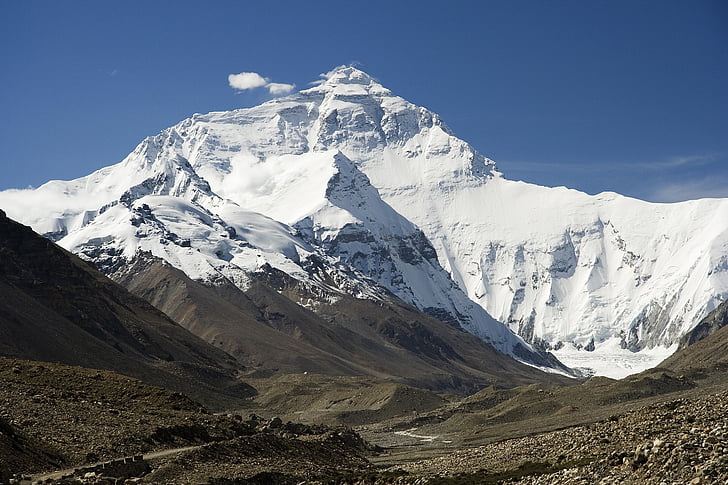
The Himalayan mountain range has been a source of divine blessings & energy and spiritual awakening since ancient times. Both religion and spirituality thrive and pulsate in the majestic mountains and hills in the Himalayan region. The Himalayas themselves are a shrine – a temple devoted to the Supreme Being, the creator, preserver, and destroyer of the universe.
It is pregnant with Prana (life force energy) and numerous sages, sadhus, yogis, monks, and spiritual seekers are drawn to the mountains of the Himalayas as it is the closest door to the divine we can find on earth.
Related: Pancha Koshas: Peel Away These 5 Spiritual Layers To Discover Your Inner Self
The high vibrations and potent energy experienced in the Himalayas can help anyone manifest their most authentic self and unite with the universe. The Himalayas are believed to be the abode of the gods as the secret to creation and the path to our higher selves can be found here.
Let the Himalayas inspire you to seek the truth you hold inside yourself and find spiritual enlightenment.


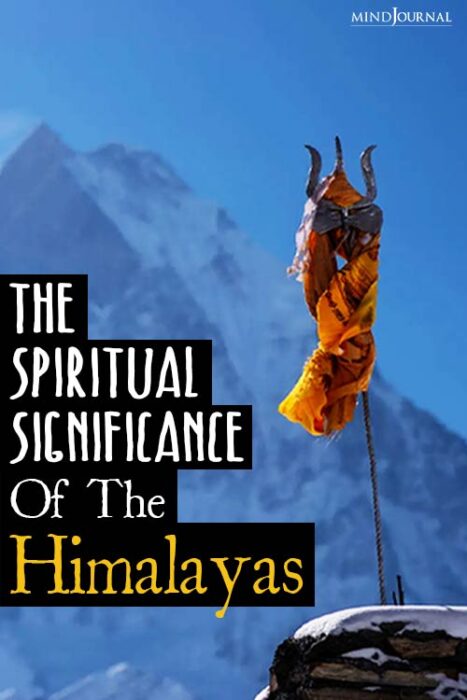
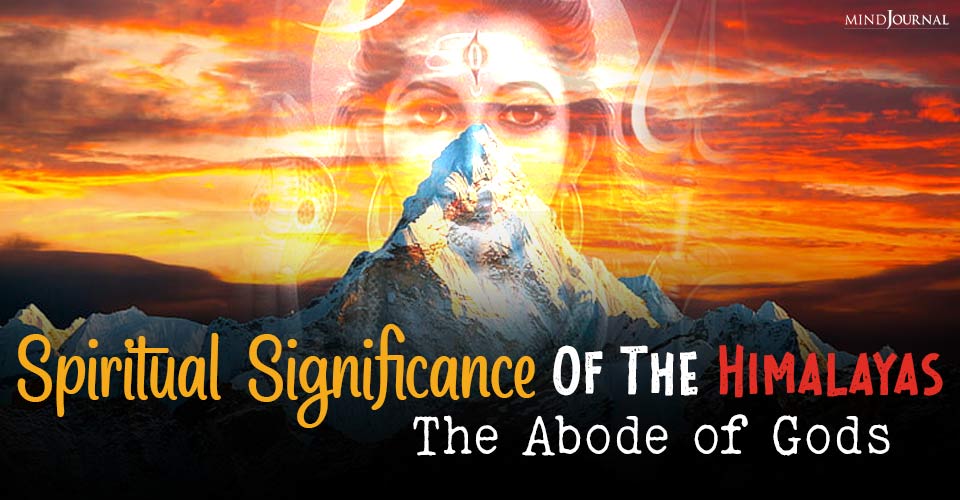


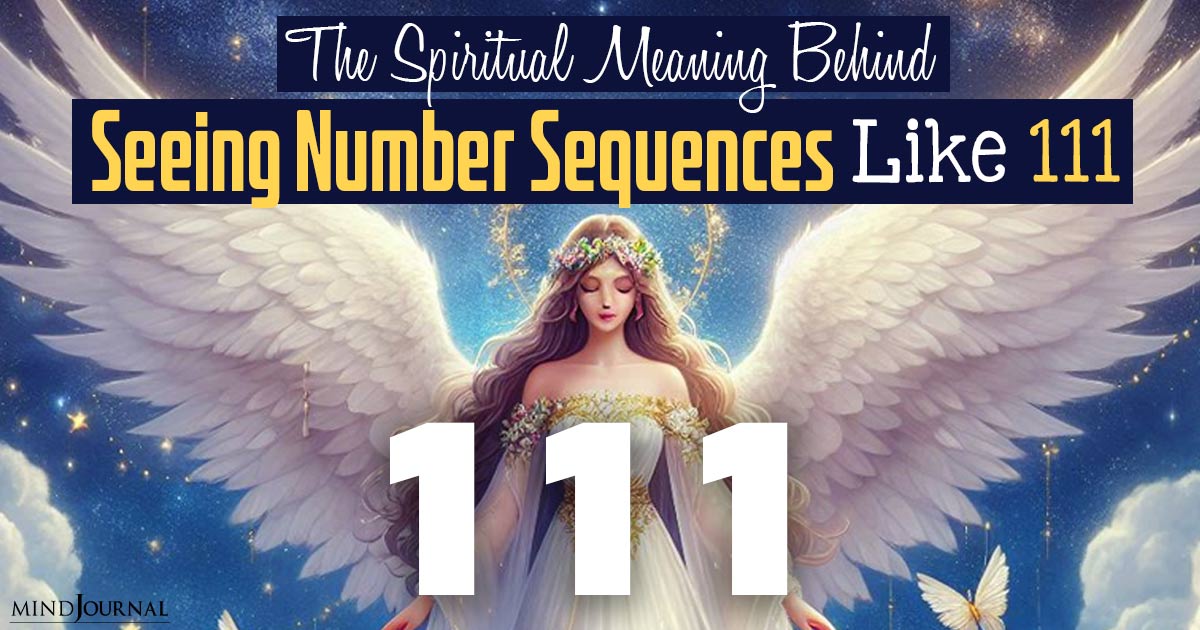



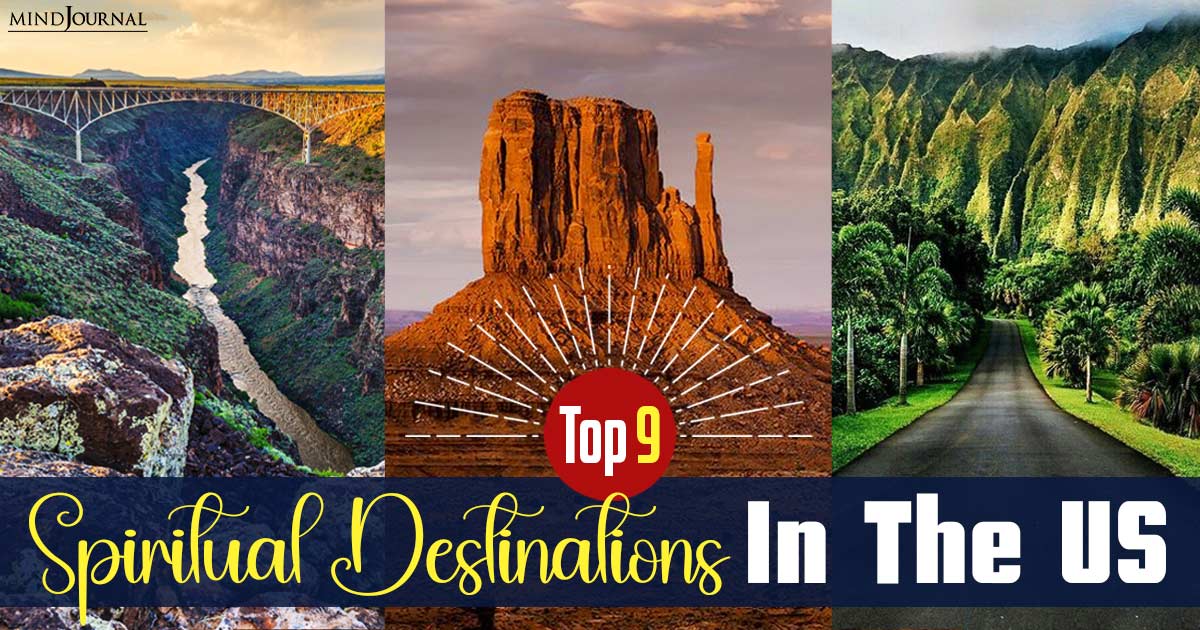
Leave a Reply
You must be logged in to post a comment.